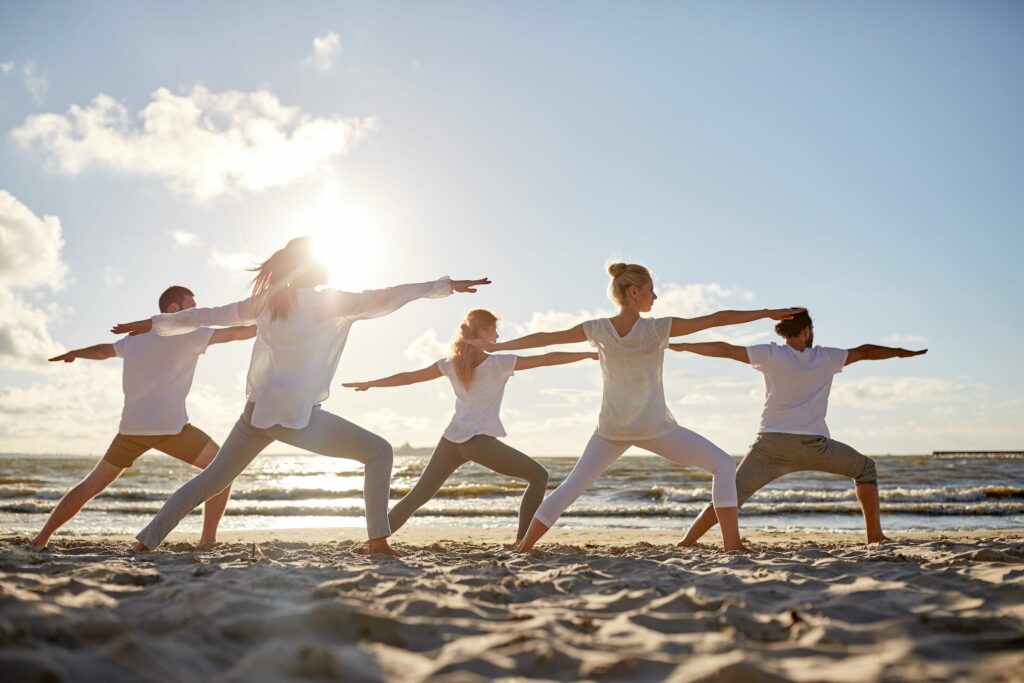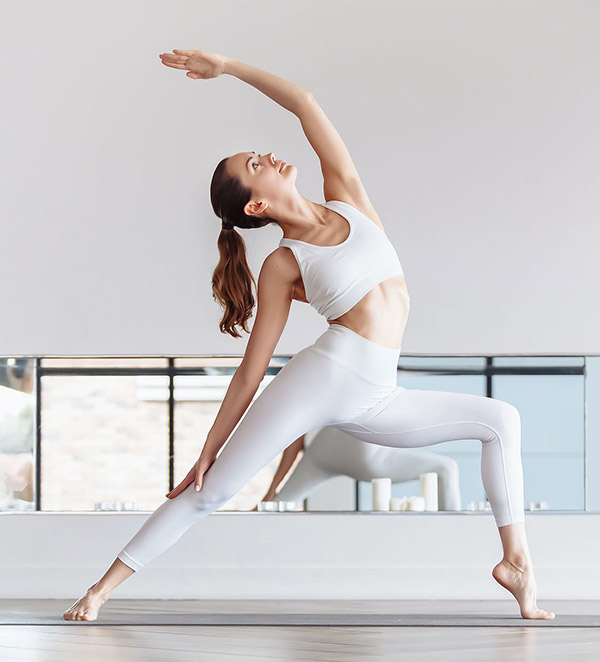
SAMADIH is described in yoga philosophy as a state of ecstasy, of bliss. An indescribable state of detachment from time and space, in which, thanks to the practice of PRATYAHARA, individual consciousness connects with pure awareness.



The ASHTANGA-YOGA enumerated by Patanjali defines eight branches to experience in order to achieve self-realization.
- YAMAS are rules of ethical living.
- The NYAMAS are observations to be made.
- ASANAS, postures to keep your body healthy and functional.
- PRANAYAMAS to control breathing and vital energy.
- PRATYAHARA by working on the withdrawal of the senses for inward concentration.
- DHARANA, to train concentration.
- DHYANA to train meditation and create floating spaces where everything comes to a standstill.
- SAMADIH the yogi’s ultimate goal, the state of connection to pure consciousness.
In the philosophical system of SAMKHYA (a school of orthodox Indian philosophy that uses the VEDAS as its reference book), from which yoga draws much inspiration, the soul is described as a being of pure consciousness. SAMADIH would then enable you to connect with your soul. While yoga philosophy incorporates the concept of deity, SAMADIH would allow us to connect with ISHVARA (what the human mind can understand of the concept of a god) or ATMAN (the part of the divine within each of us).
The fundamental texts of yoga include Patanjali’s YOGA-SUTRAS.
This book contains 195 aphorisms from the SAMKHYA philosophy.
It is divided into four parts.
- The first, SAMADHI PADA, describes yoga, its purpose and how to get there. It also describes the different stages of SAMADIH.
- The second, SADHANA PADA, proposes practices such as karma yoga (yoga of selfless action) or ASHTANGA-YOGA (the eight branches of yoga) to calm the mind and reconnect with our deepest consciousness.
- The next, VIBHUTI PADA, describes the highest states of consciousness and how to reach them.
- The last part, KAIVALYA PADA, deepens the themes already studied, bringing us MOKSHA, liberation, realization, the ultimate goal of yoga.
As far as I’m concerned, SAMADIH’s promise is a dream come true! I like to think that my exploration through RAJA YOGA (x p e r i m e n t a t i o n y o g a i n ) p r o v i d e s m o r e t h a n i m p r o v e m e n t a t i o n .
Céline Dufermont.
Read This : Traveling in Turkey